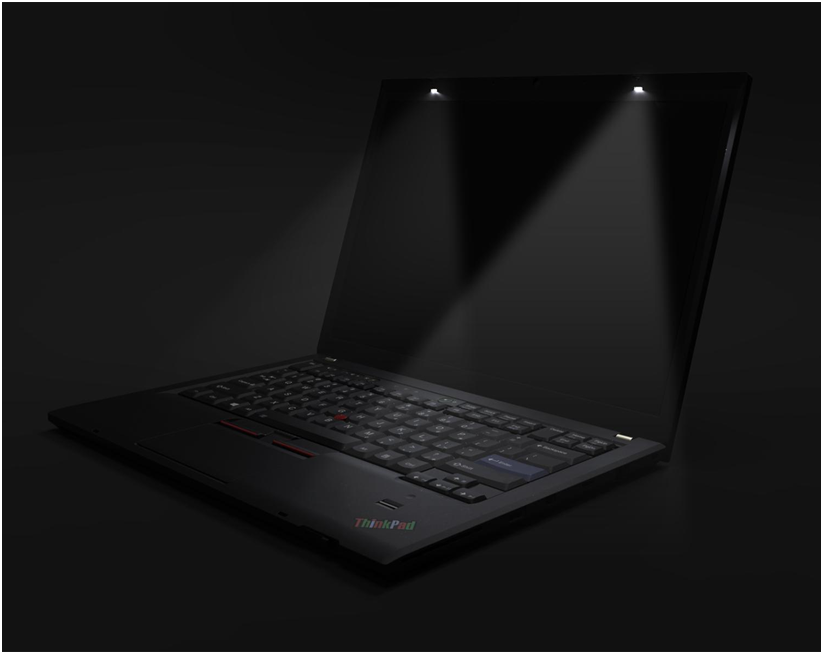

(IBM legal opted to give Sapper no further grief.) The engineering team quietly shifted the color back to something more red than magenta, and when the first ThinkPad shipped, it was with a TrackPoint color more in line with Sapper’s original vision. He called it magenta, and IBM said that was acceptable. But IBM legal prevailed and he was forced to skew the color a bit. Sapper argued that a laptop is very different, and that there’s obviously no relationship between a nub designed to maneuver a mouse pointer and a kill switch. But Sapper, Hill and their team questioned the idea of a tablet with a pen as viable, shifting their design work to a laptop: thus the Thinkpad 700C was born, and introduced to the world in 1992. If you know your PC history, Microsoft became a big fan of tablets and pen-based computing in the early 1990s, and was trying to influence their partners to back this idea. But when the ThinkPad was on the design table, most of the creative work on laptops was handled by engineers, who were focused on functionality.Īccording to David Hill, who until his recent retirement led ThinkPad design for over 20 years, the first ThinkPad wasn’t a clamshell at all - its original design involved a tablet with a stylus. Today companies like Apple have underscored the importance of design in their products. Sapper was hired by IBM to do something no other PC company had: to create a laptop that was both a beautiful object and a fully functional PC. (The lamp is showcased today in art displays and museums as a masterclass of function embracing form.) Mr.

The person behind the ThinkPad’s inception was Richard Sapper, a famed German designer best known for creating the Tizio Lamp in 1972.


 0 kommentar(er)
0 kommentar(er)
